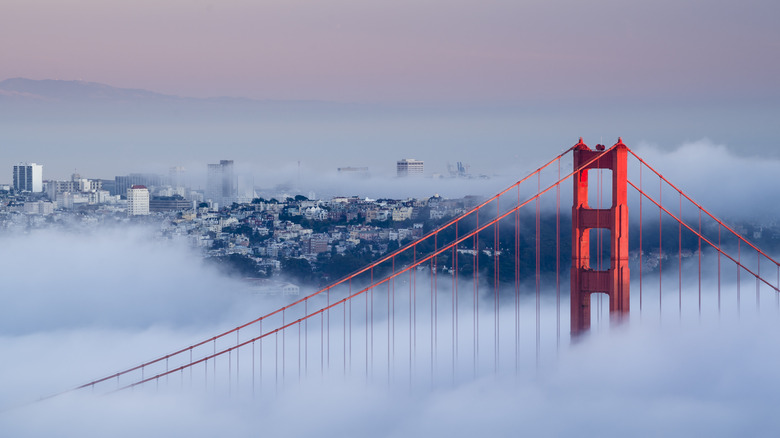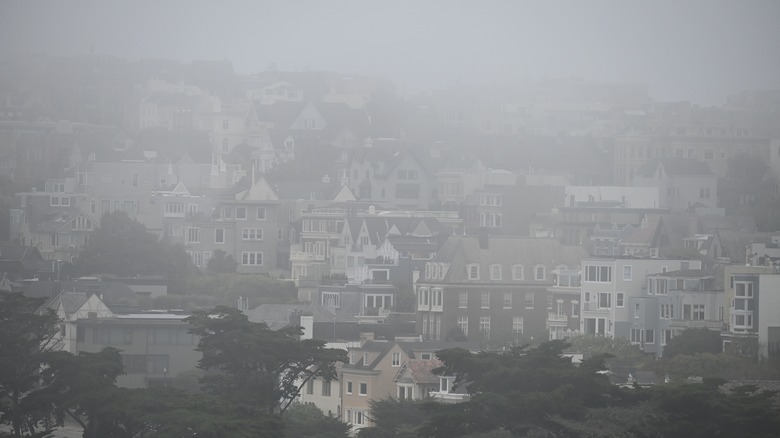San Francisco is one of the best U.S. destinations for international tourists, and there is something special about the City by the Bay that inspires visitors to wax lyrical about its beauty, culture, and atmosphere. Frisco’s unusual weather often plays a large part. Mark Twain reputedly quipped that the coldest winter he’d experienced was the summer he spent in the Californian metropolis, and many other artists, writers, and celebrities have tried to find the words to evoke the unique vibe that its notoriously fickle microclimates create. English model and actress Twiggy once described the city as “London and Paris stacked on top of one another” and, much like Londoners, San Fran natives sure like to talk about the unpredictable weather that often catches out tourists.
For example, locals speak fondly of Karl, the nickname given to San Francisco’s famous fog bank that rolls in beneath the Golden Gate Bridge. Locals and past visitors know that temperatures can vary substantially from neighborhood to neighborhood. There is a lot going on weather-wise in such a relatively small area, and those in the know dress for sudden fluctuations while moving around town. San Francisco’s location and topography are what make its microclimates a thing: Situated on a peninsula with the Pacific Ocean to the west and San Francisco Bay to the north and east, both the incredibly steep streets and the city’s proximity to water are two major factors. Let’s take a closer look at why and how visitors can prepare themselves for unexpected conditions.
What causes San Francisco’s microclimates?
Preparing for microclimates in San Francisco
If you are visiting the Bay Area during the foggy season, get ready for “May Gray” through “No-Sky July” to “Fogust” – the latter is the local nickname for August, the city’s peak time for fog. Don’t despair, however. Many citizens love their fog, and it adds to the atmosphere if you’re ready for it. It is all part of life in San Francisco, and the microclimates even affect house prices. Homes in sunnier districts can cost up to 20% more than properties in areas with less certain conditions.
Generally speaking, parts of town on the western and northern shorelines tend to be cooler, foggier, and windier than districts on the eastern and southern sides of the city. These areas typically enjoy clearer skies and higher temperatures. Golden Gate Park and the Panhandle are something of an anomaly: Forming a corridor into the heart of the city from the beach, temperatures are often recorded as several degrees cooler than the built-up neighborhoods on either side.
San Francisco natives prepare themselves for the quirks of the city’s microclimates by dressing in layers so they can strip off when it is warm and quickly wrap up again if it suddenly gets chilly and/or rainy. Visitors are advised to bring a selection of t-shirts, long sleeves, and light jackets so they can mix and match according to whatever the weather is doing or adjust as they move from one district that may be foggy to another basking in sunshine.




